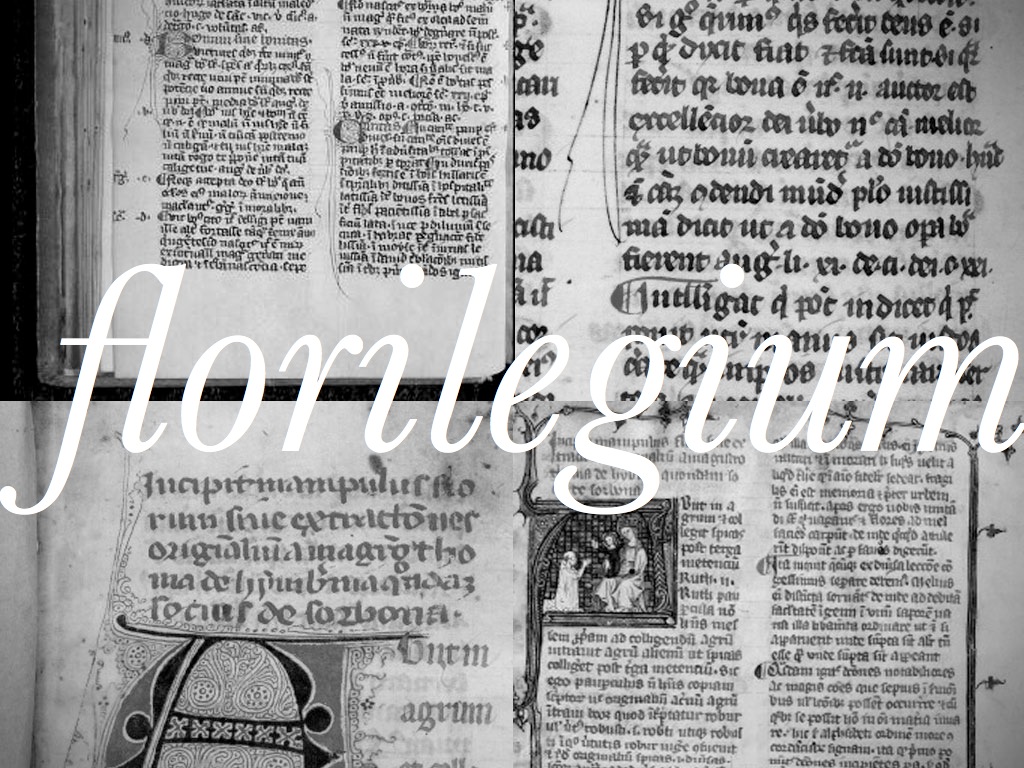An arc of the arc of the Archive: hive report from Holly Pester’s Report on the Archive at Birkbeck, 5 July 2013, forthcoming.
Until then, here’s Twitter’s report on the #epoetry festival at Kingston University. And now: some e-xperiments with poetrynews.
Poetry as News/Data (after the style of Ron Silliman), combined with Fluxuggestions (à la Yoko Ono, to mark the publication of Acorn, and its performance by Stacy Makishi, at Meltdown on 22.06.2013).

- Use Quiz III to think through a poem you’re writing or reading.
- Apply it to work by Archive of the Now poets such as Marianne Morris or Richard Price, whose “Channel Link” circles around lines, opening:
Even stations move.
Can I meet you fifteen years ago
by the sprung chainlink?
*
A poem by the NSA (list of keywords used as terrorist ‘flags’), ‘found’ by William Knowles.
- Run the list of keywords through Poetry Assessor (it receives a positive score, classifying it as a ‘professional’ poem). Run a sample text from Archive of the Now through the Assessor. Compare scores. Search Archive of the Now sample texts for NSA keywords: is the Archive “a market for riots online” (Redell Olsen) demanding surveillance?
- “The idea here is that if lots of people add suspicious words to their messages, the world’s intel agencies will be too busy with spurious input that they will have to give up reading it all… You might want to sprinkle some of these words into your X-headers for a little fun.” William Knowles. Apply to your own writing practice.
- Add an Archive of the Now poem (sample text or audio link) to every email you send for a day: imagine whether your NSA/GCHQ alert goes up or down. To make sure the poems are being surveilled, join ‘CC Your Emails to Theresa May Day.’
*
In Ceasefire, Andrew Robinson reflects on Walter Benjamin’s ideas of art’s aura in the age of turbo-capitalism, asking what ‘political art’ might look like today, in an era of rapid technological change. “Perhaps this pattern of radicalisation followed by recuperation has even happened with each emergent technology – newspapers, novels, film, (pirate) radio, the Internet. Each time, the new medium has a progressive force, dehabituating people from expected relations, offering new channels for experimental activity, mediatised subcultures, and the spread of dissenting perspectives.”
- Contribute to the Archive’s Phono-Poetry Indiegogo campaign, and reflect on the auratic with your very own wax cylinder recording (or mp3 or mini-tape of that wax recording) of 3 Archive poets. What difference does the “crackle” of a material object make to the aura of a recording?
- How can we preserve and enlarge the Archive’s “dissenting perspective” – its resonant opacity to textual search, its contemporaneity and (therefore) instability), its accessibility? How can we extend the Archive to more listeners and recorders without making it textually transparent and available to surveillance? What kind of encryption/de-encryption keys might we generate?
Given NSA/GCNQ surveillance, should the Archive of the Now be developing text-based metadata and search capability? Is/should poetry be a part of the semantic “web of data” or is/should poetry be a form of encryption?
- Write in CAPTCHAs: Completely Animated Public Turing tests to tell Computers and Humans Apart. The reCAPTCHA versions contribute to Google Books’ digitisation project by sampling paleographic queries in, for example, Shakespeare’s folios, and crowd-sourcing the most likely text via your input when decoding and entering the text. Digital analysis can offer statistical probabilities, but optical character recognition still struggles with both handwriting and printed text. What work can manuscript continue to do in digital poetics?
- Trrrrrrrrrraaaaaaaaaaaaaaaaaaaaannnnnnnnnnnnscribe: listen to Chris Goode’s “An Introduction to Speed Reading” or Caroline Bergvall’s “The Franker’s Tale.” Now transcribe their performances — words, breaths, spaces; pitch, tone, duration; variants, feedback, room tone. And/or use speech-to-text software such as Dragon Dictate to create a transcription; play the downloaded file through Transcriva at different speeds (from tortoise to hare). Post a link to your transcription here and/or re-record it.
*
Voynich Entropics: According to New Scientist, 21.06.2013: “A mysterious and beautiful 15th-century text that some researchers have recently deemed to be gibberish may not be a hoax after all. A new study suggests the text shares quantifiable features with genuine language, and so may contain a coded message.” Scientists looked for “global patterns in the frequency and clustering of words” to determine individual words’ entropy, or the evenness of its distribution. The manuscript, housed at the Beinecke Library, Yale, “contains illustrations of naked nymphs, unidentifiable plants, astrological diagrams and pages and pages of text in an unidentified alphabet.” The plants and nymphs remain resistant to entropic analysis.
- Gather a random sampling of Archive poets: perform an entropic analysis, looking for global patterns. Maybe use the NSA/Prism keywords as a basis for analysis. Are these poems written in “genuine language”? Do they contain a “coded message”?
- Listen to Vahni Capildeo’s “Person Animal Figure” or Harriet Tarlo’s “Nab“: uncover the mythological figures (clothed or naked), unidentifiable plants and astrological diagrams present in the poems. Draw or collage them while listening. Convert illustrations into slideshow movie and combine with audio track.
*
“It is best to copy and paste the text into the message body. High fire walls usually wipe out attachments mistaking poetry for viruses.” (Poems in the Waiting Room)
- Create/encode poetry-positive firewall settings. Write a virus using sample text from poems by Jennifer Cooke, Out to Lunch or Alan Halsey.
- Leave sample texts by these poets – or QR code links to their recordings – in doctor’s waiting rooms. Assess quantitative change in quality of life produced in patients reading or listening to them.
- Wipe out the poetry virus: download “The Frankenstein Franchise” (Halsey) or “Carciniogeneticide” (Cooke). Using Audacity, edit the tracks to remove any firewall triggers, producing medically-safe poetry. Copy and paste a transcription into the comments below.





